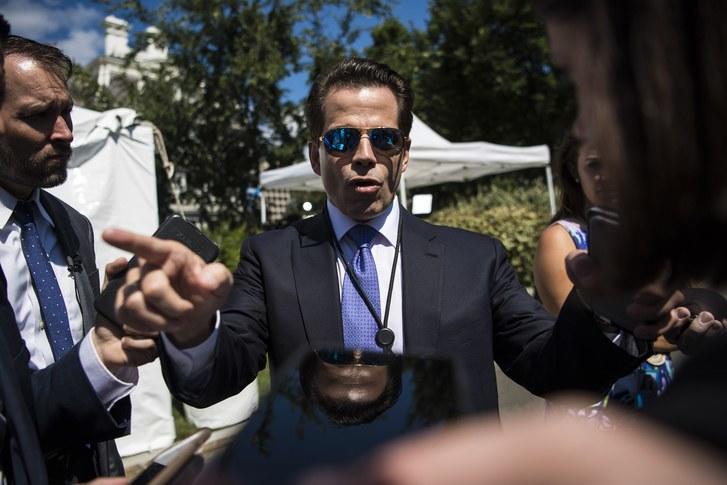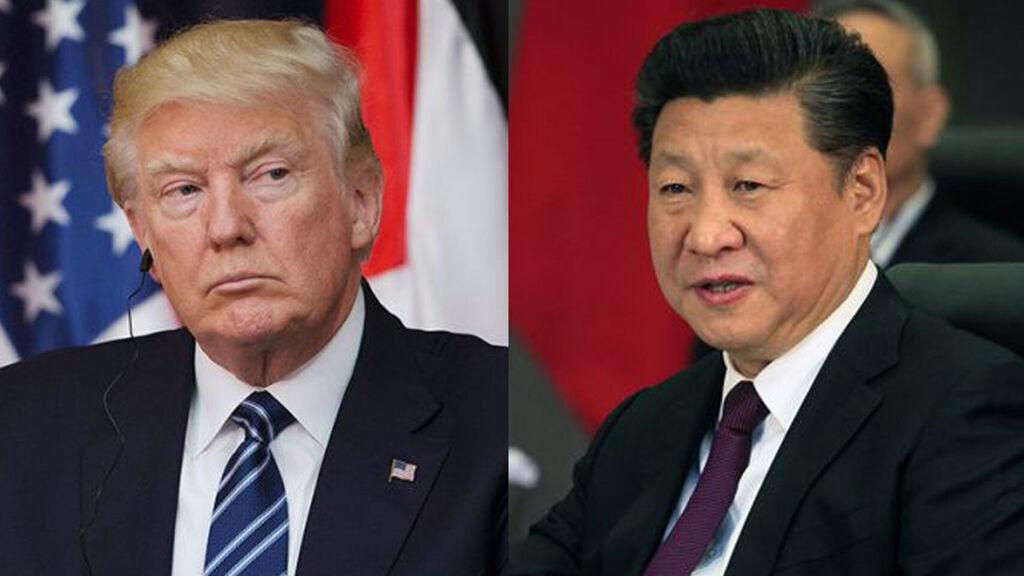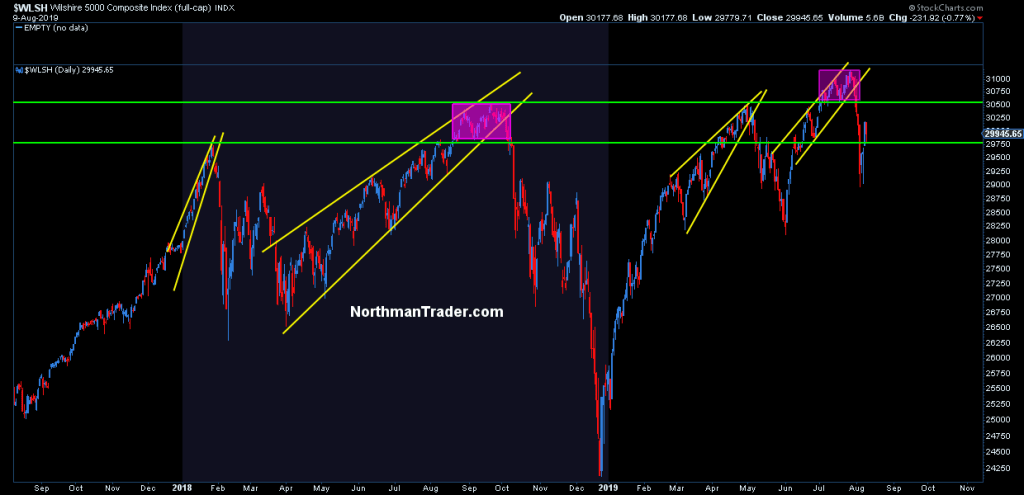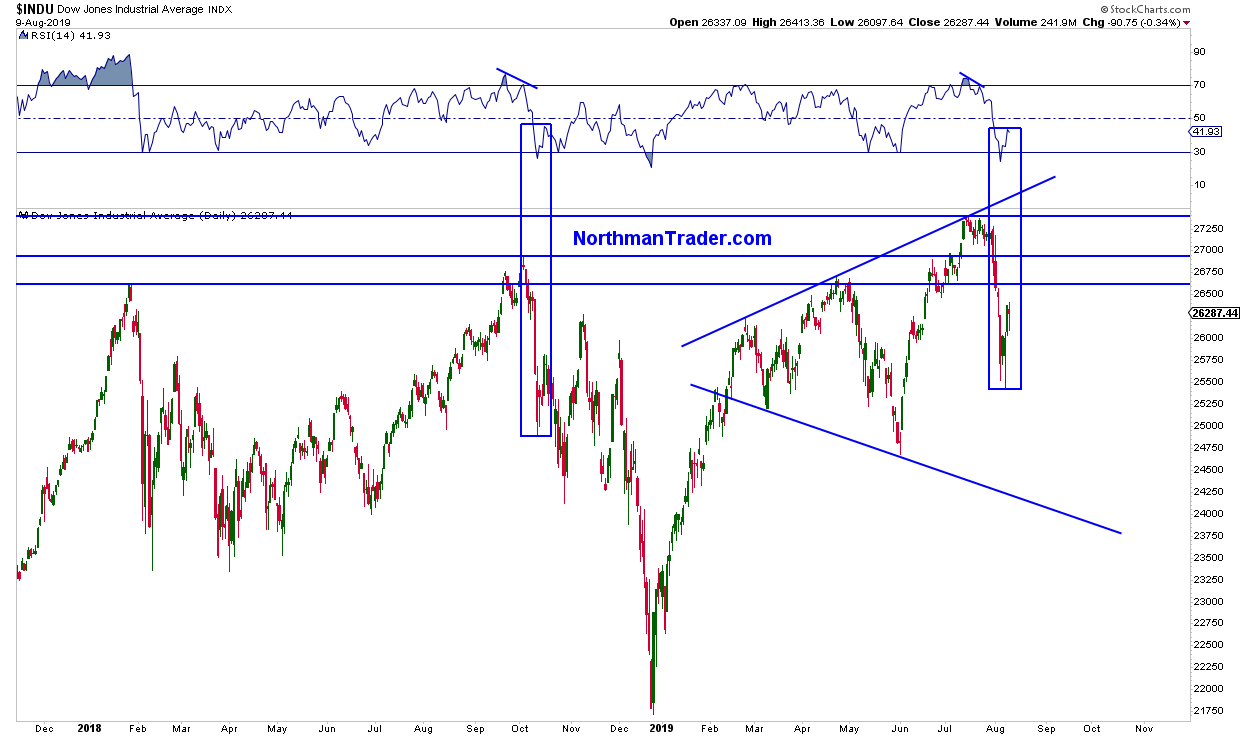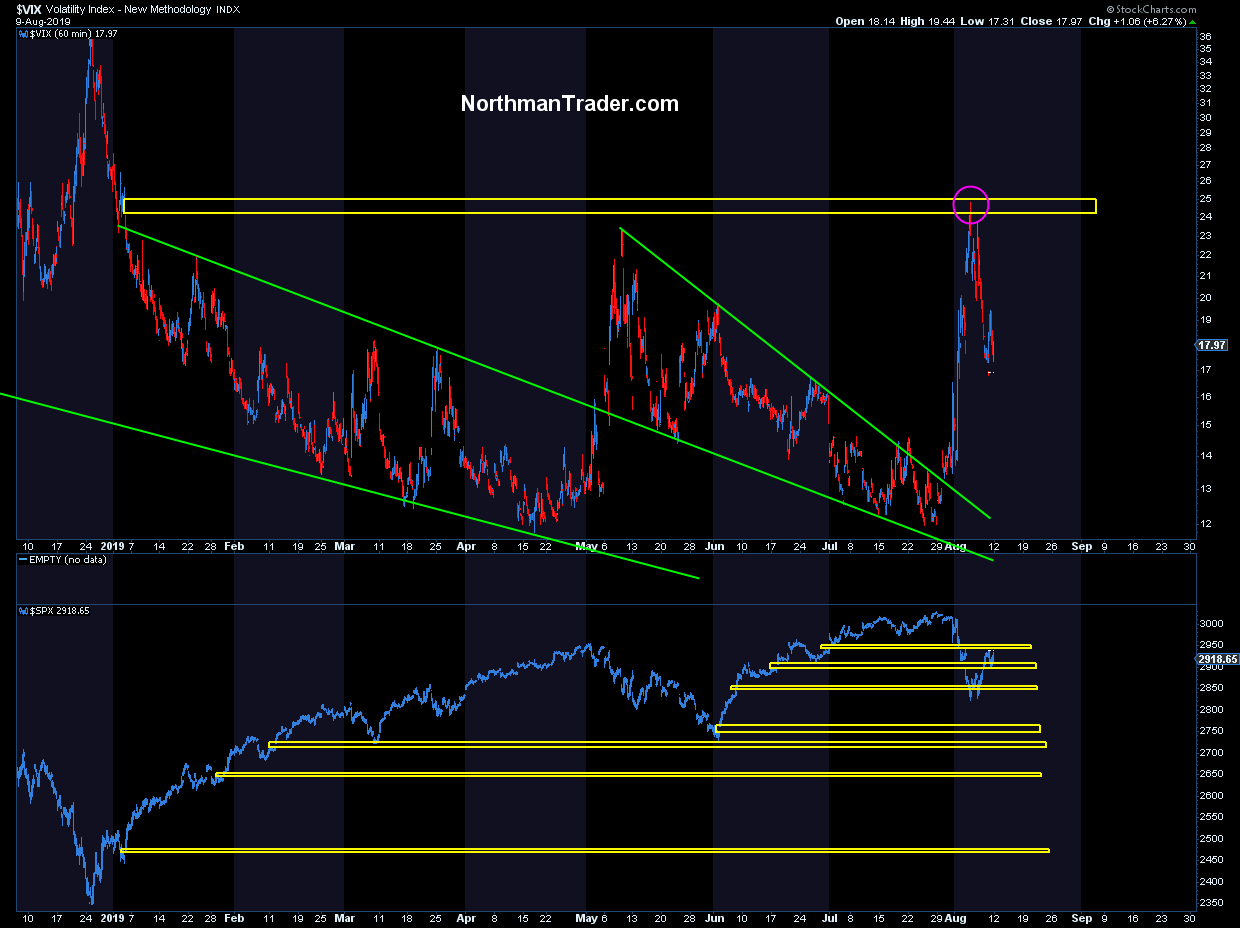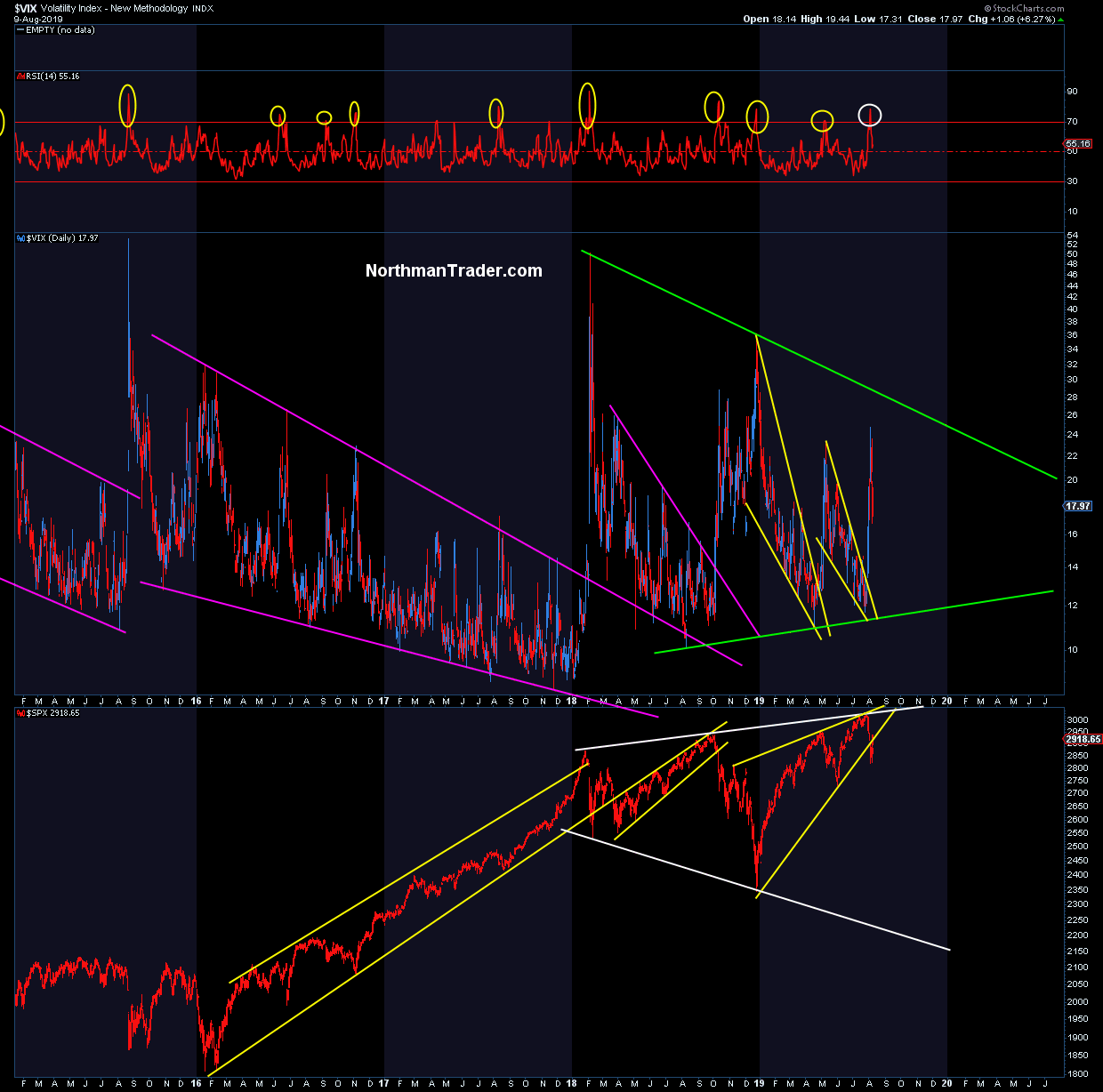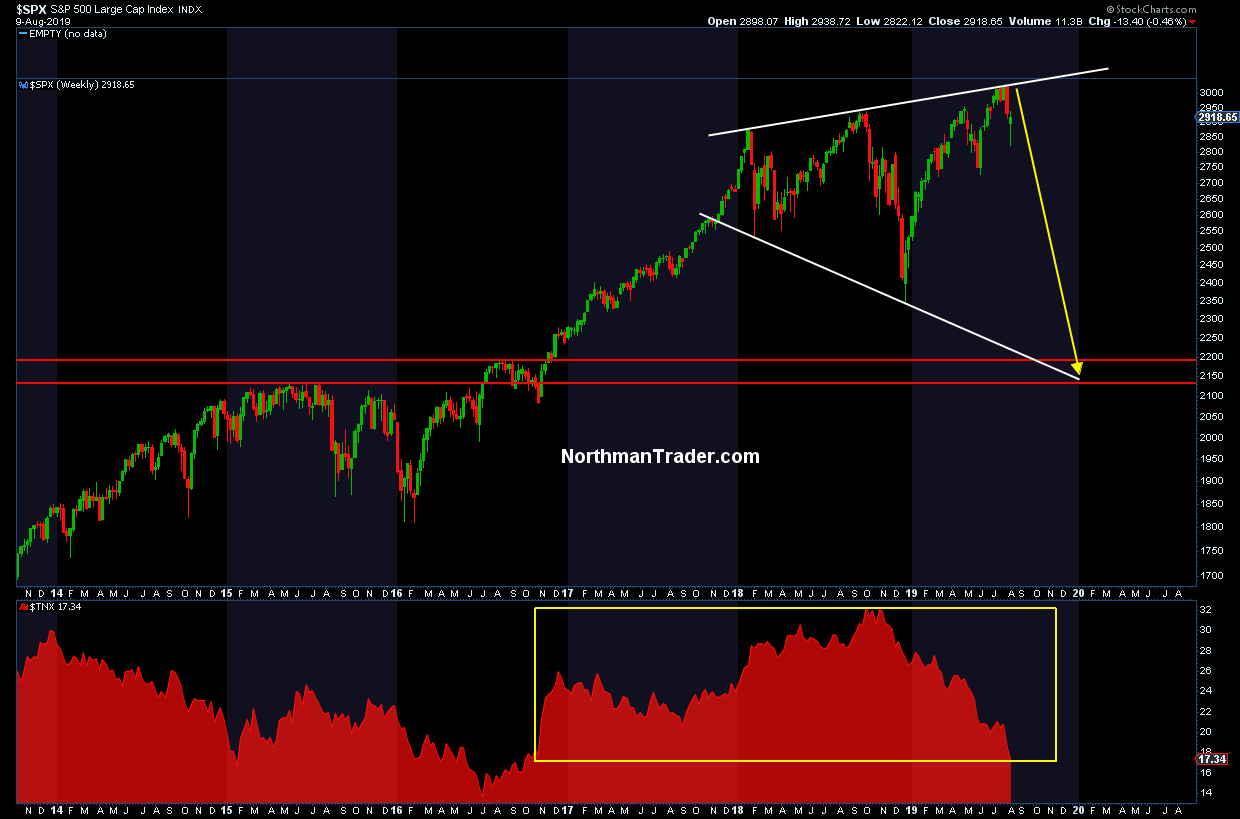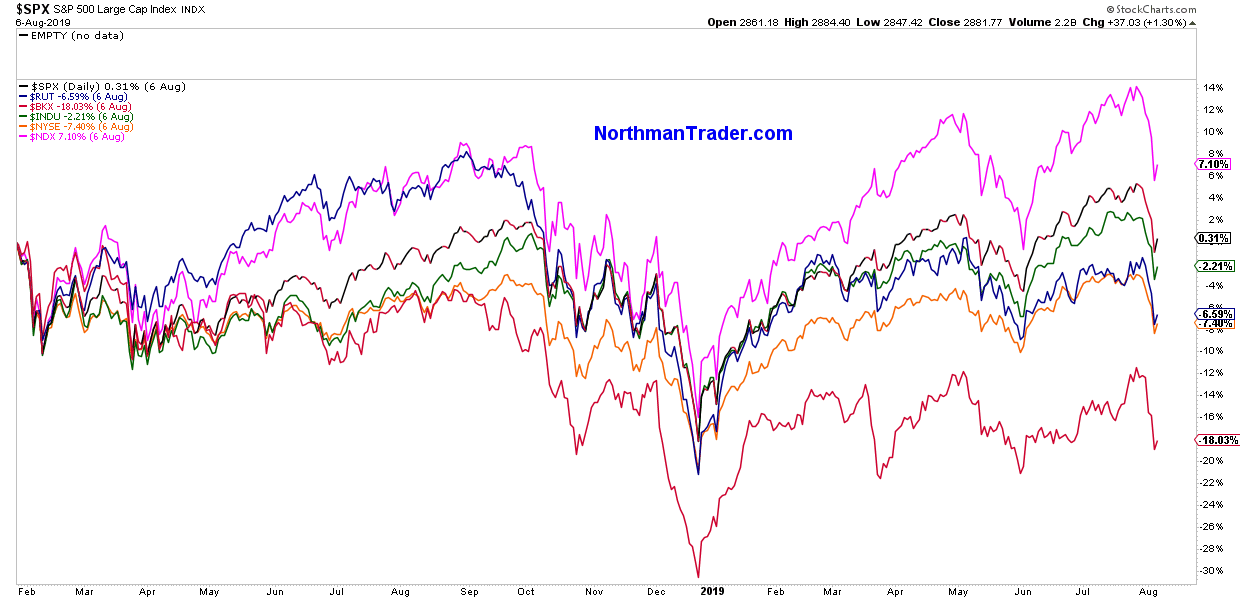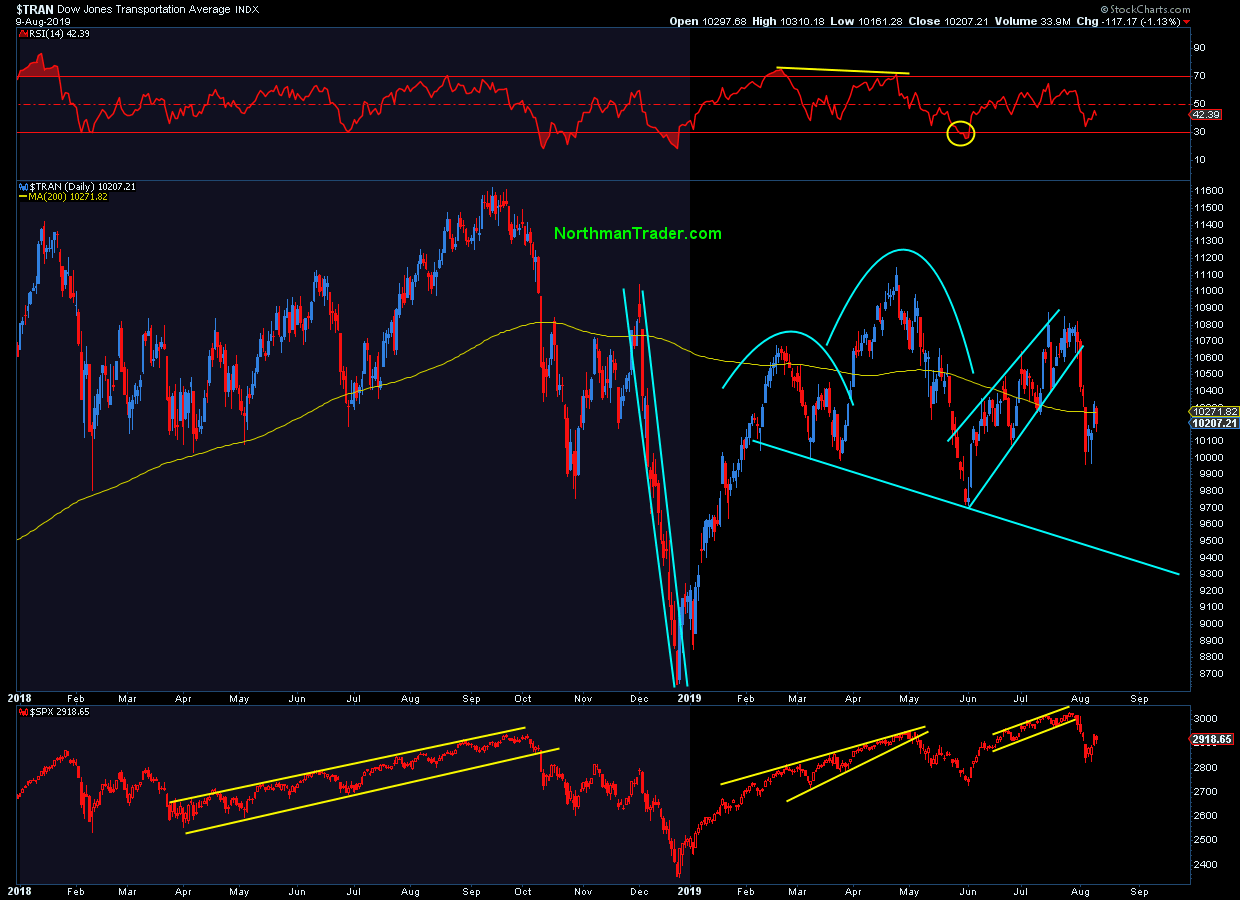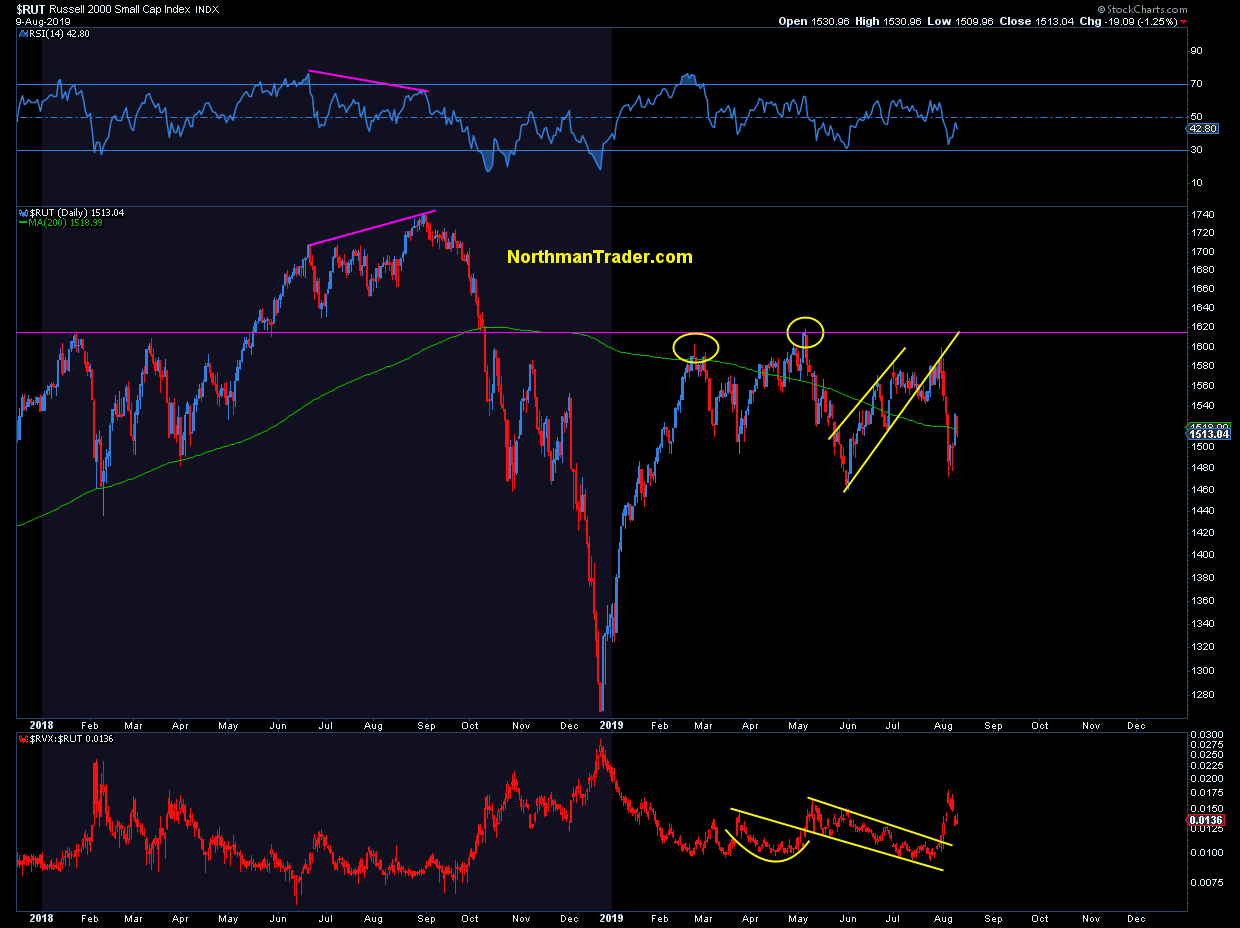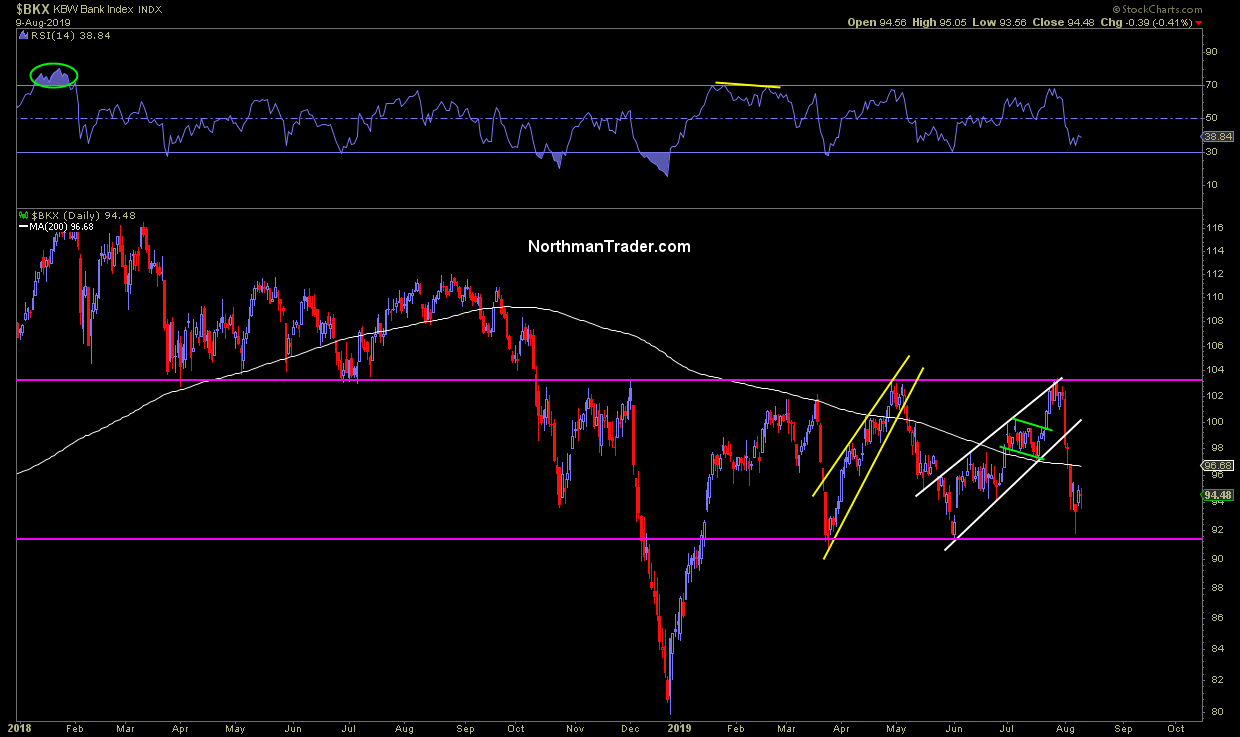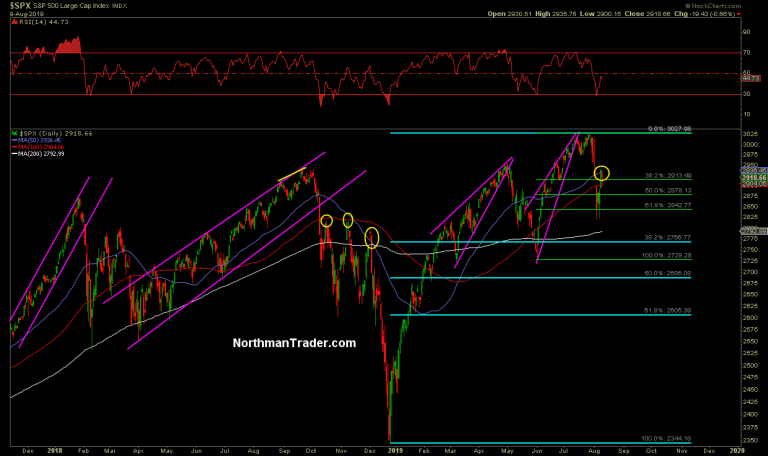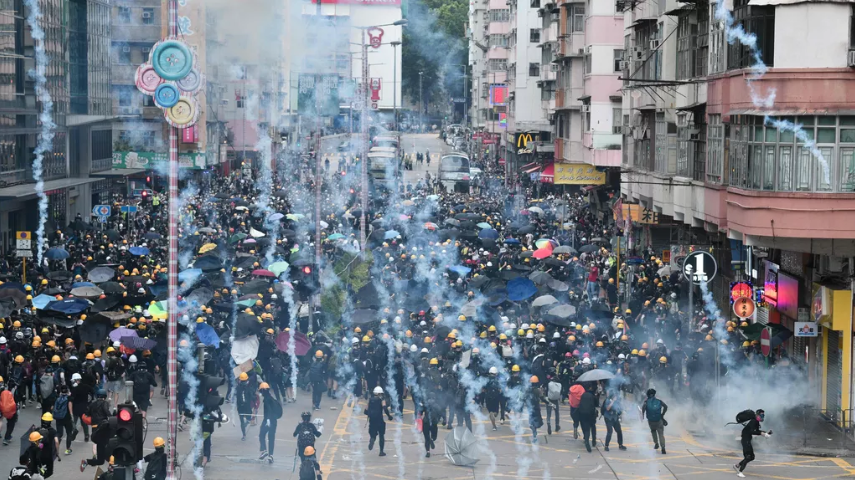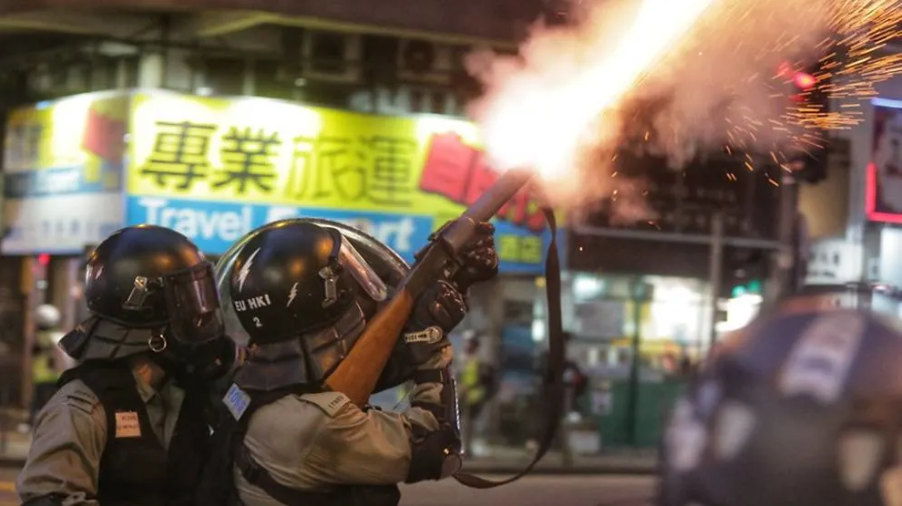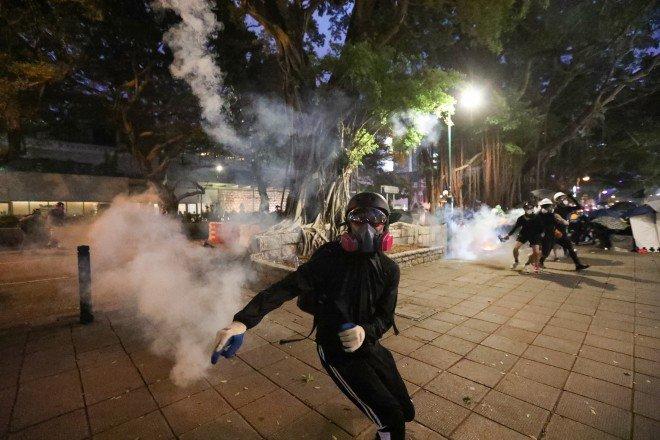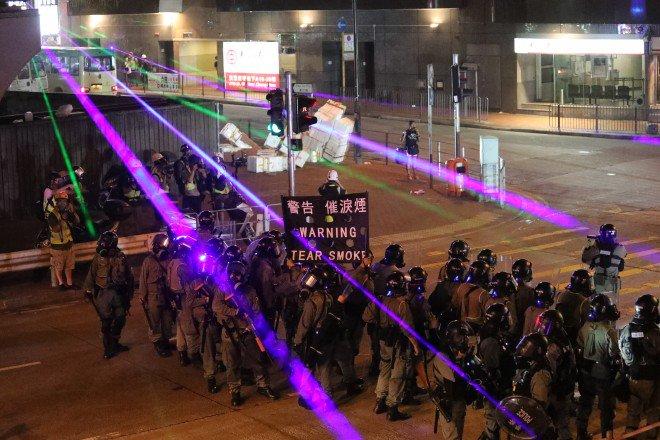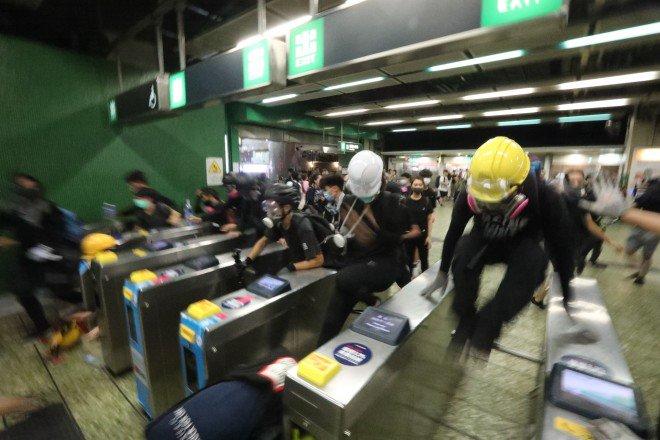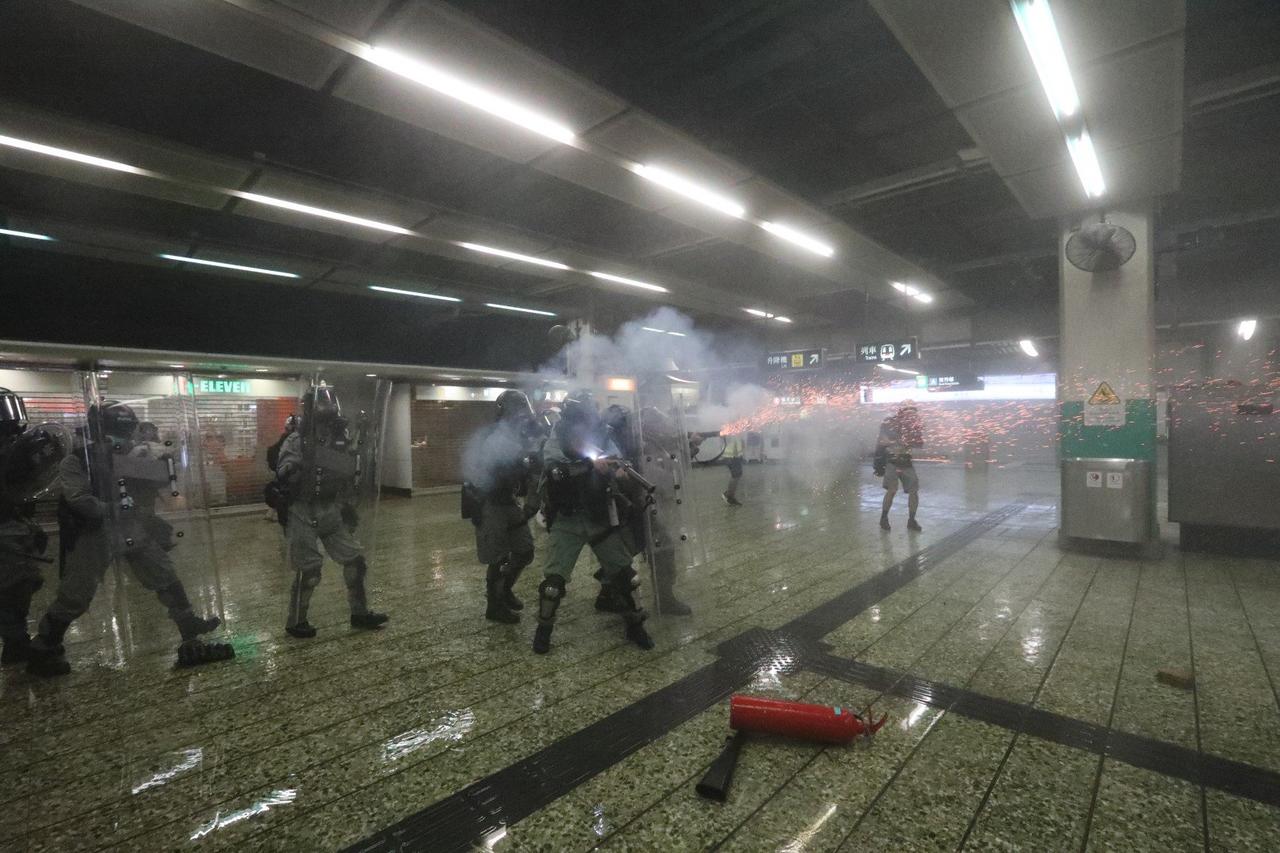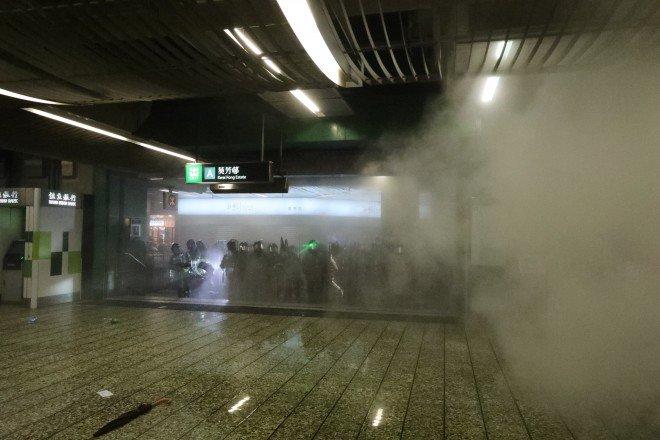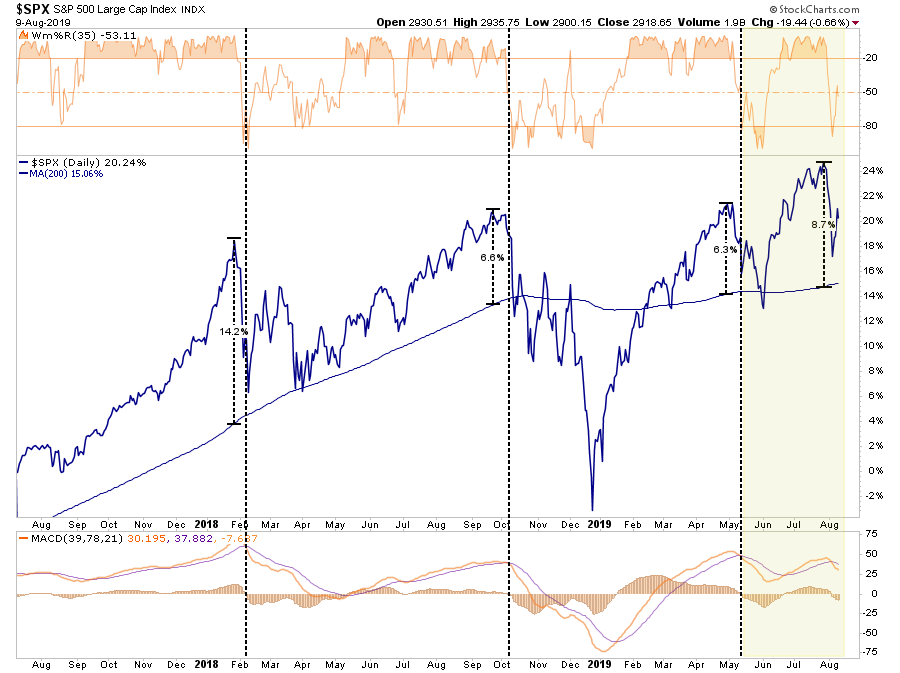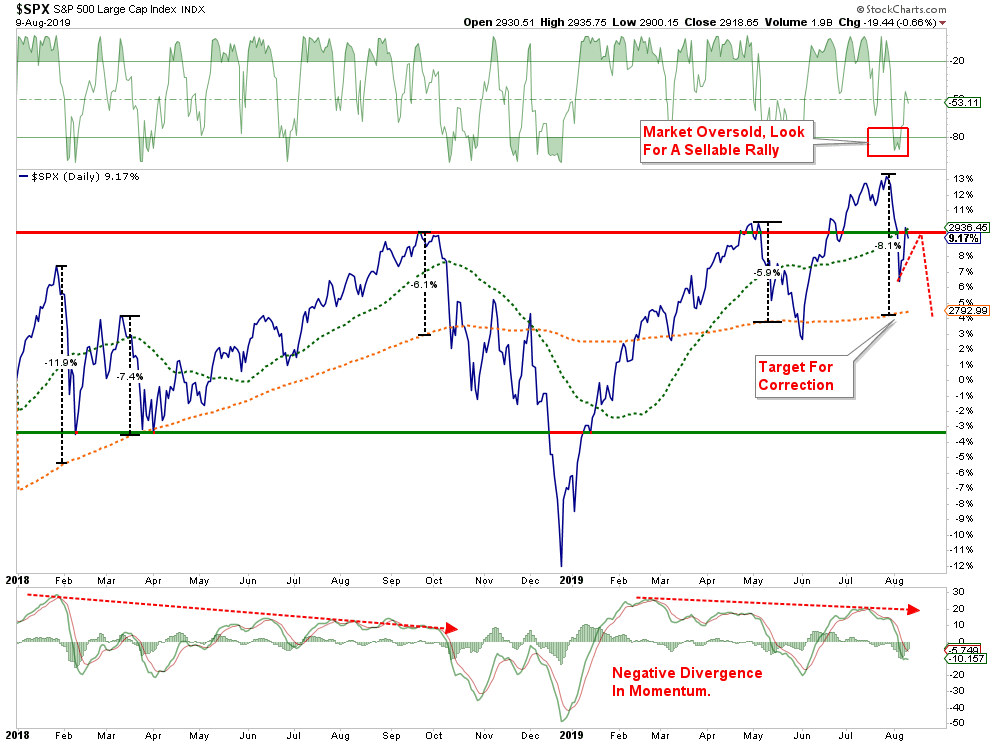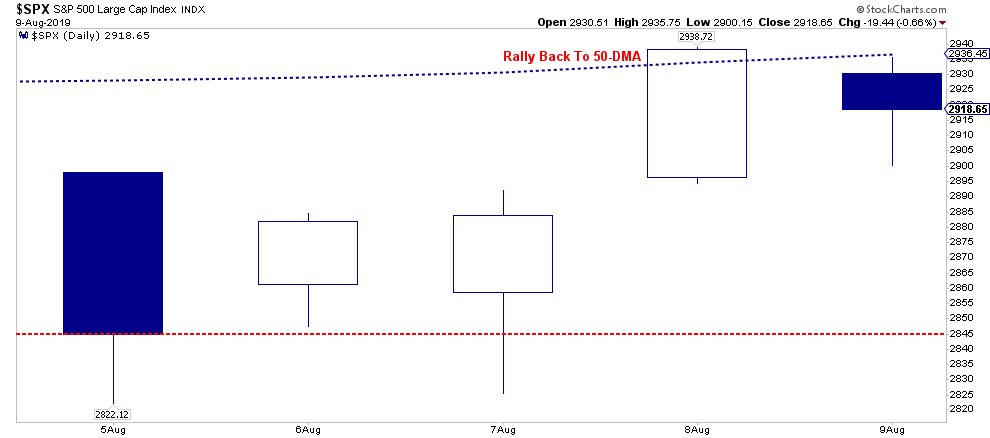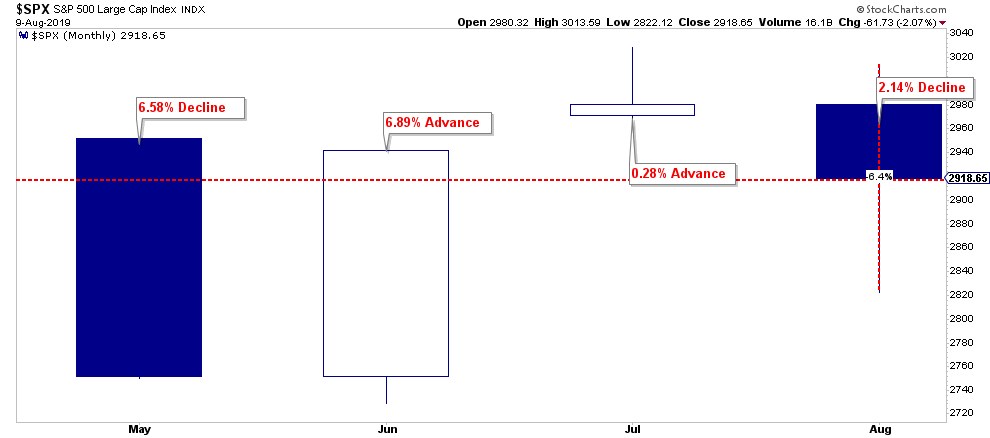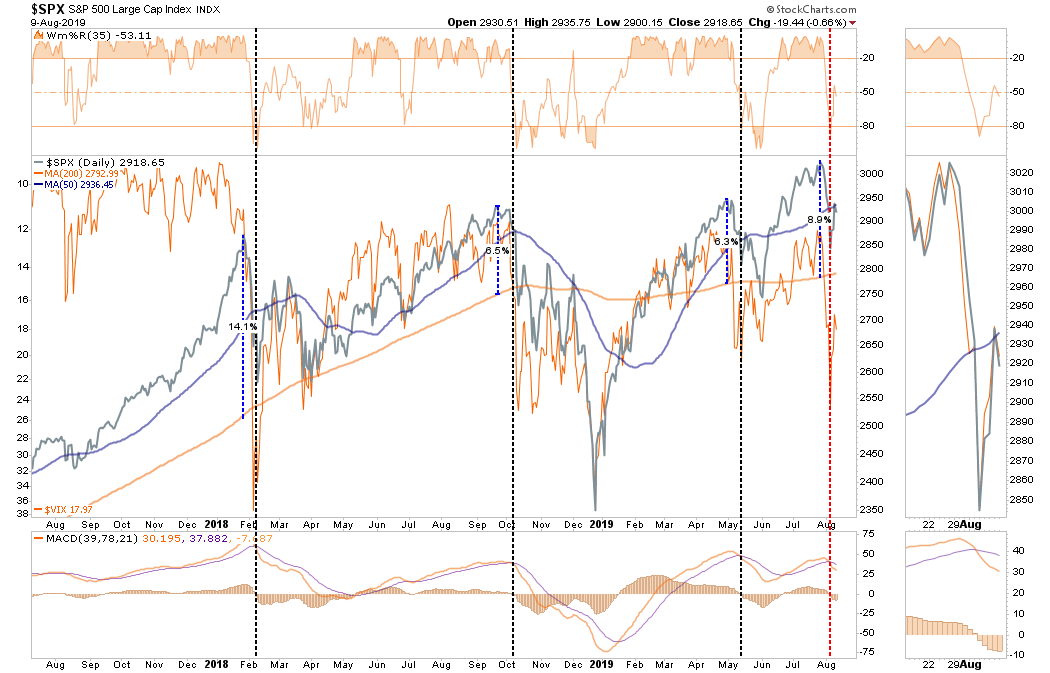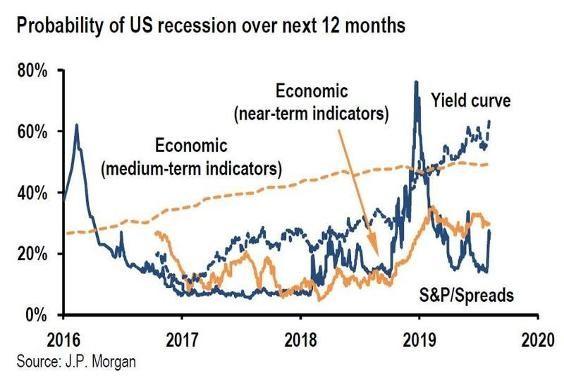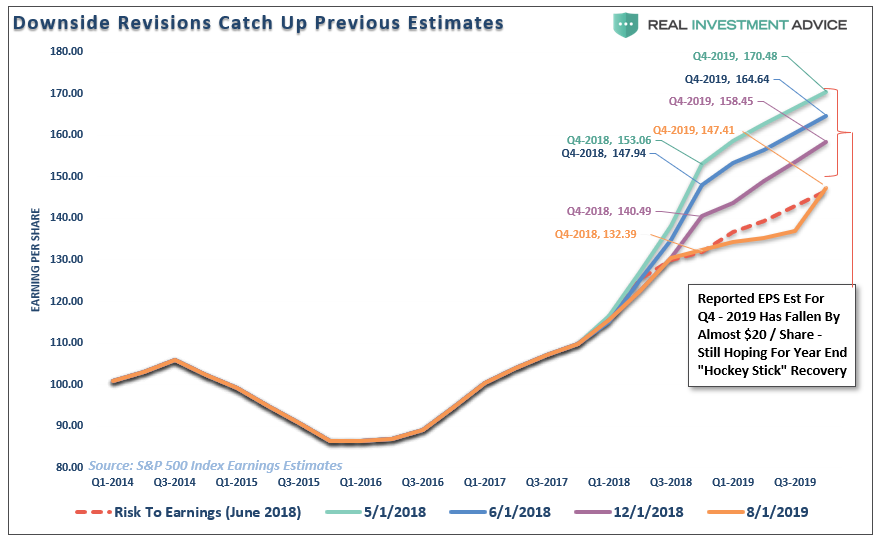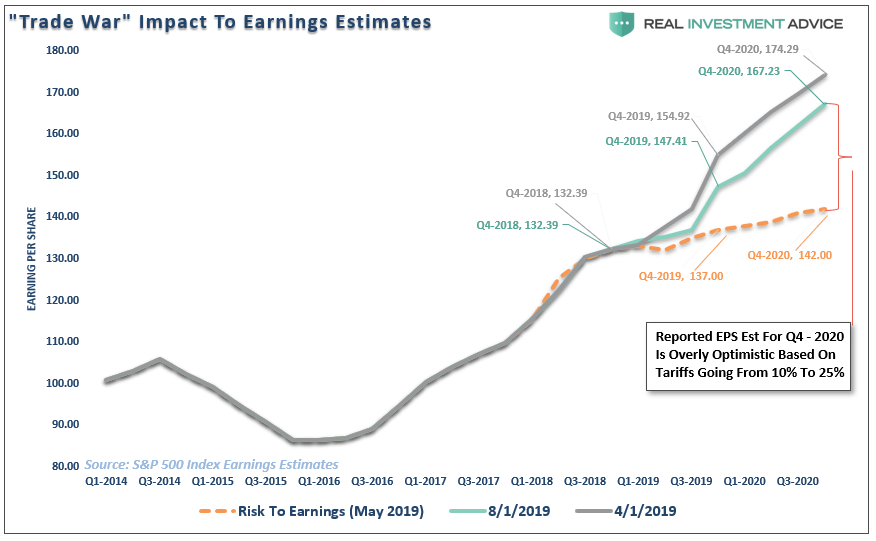Reason.com’s Mike Riggs talks with Illinois Policy Institute’s Adam Schuster about how to fix the state’s pension debt crisis…
Illinois is running out of time to fix its public sector pension problem. A new report from Moody’s Investors Service identified the Prairie State as one of the two most likely to suffer during an economic downturn. Illinois towns and cities are already paring back government services to pay for generous benefits packages for retirees, and Chicago’s pension debt alone is larger than that of 41 states. That arrangement can’t last forever.
“The worst-case scenario is there’s another national recession, which would cause our pension funds to lose a bunch of their assets again,” says Adam Schuster of the Illinois Policy Institute.
“As the assets shrink, the pension funds go into a financial death spiral. We might end up with some kind of Puerto Rico–style pseudo-bankruptcy or federal bailout. Everybody in the nation is now on the hook for Illinois politicians’ irresponsible decisions.”
The best-case scenario would involve repealing an automatic 3 percent raise that pensioners receive each year of their retirement and requiring workers to pay more into their own plans. Democratic Gov. J.B. Pritzker would prefer to scrap Illinois’ flat income tax and replace it with a progressive tax scheme, which could cause even more people to flee the state. In May, Schuster spoke to Reason‘s Mike Riggs about the pension conundrum.
Q: If somebody had been paying attention 30 years ago, could they have anticipated this pension problem?
A: Thirty years ago would be just about enough time to stop some of the mistakes. We changed the state constitution in 1970 to add a pension protection provision, which essentially says that as of the day of hire, an employee’s benefit formula cannot be changed in any way. So it doesn’t only protect benefits that somebody has already earned. It protects the future growth rate of those benefits for life and gives the state legislature no flexibility to change them.
Q: What happened next?
A: In 1990, Illinois implemented a guaranteed 3 percent compounding cost of living adjustment. So a person’s pension goes up by 3 percent every year regardless of how much inflation there is in the economy. It basically doubles the size of somebody’s pension over the course of 25 years.
We also had a series of governors, both Republican and Democratic, who habitually shorted the system by putting in less than the required contribution. The reason they did that is that the required contributions were unaffordable and never would have been affordable because we overpromised the benefits.
Q: Do Illinois taxpayers know what’s going on?
A: I think there is pretty widespread knowledge about the problem, but there’s also a defeatist apathy. We’ve had five straight years of population loss. We’re losing our prime working-age adults, and poll results say that the No. 1 reason they’re leaving is that the taxes are too high here. And the No. 2 reason they’re leaving is job opportunities are better elsewhere, which is related to No. 1.
Q: What do public sector union leaders say about the pension crisis? How about union members?
A: I appreciate that you make that distinction, because I’ve found there is a huge disparity in how they react to this kind of thing. Union leaders, who are involved in politics and lobbying, are against having this conversation at all. But when I talk to regular rank-and-file union members, they actually think the plan we put forward is a very fair and very reasonable compromise.
Q: What is the short version of your plan?
A: It would amend our constitution so that instead of protecting the future growth rate, it would only protect the pension benefit that somebody has earned to date. So if you retired today, your annuity would be protected, but it would give the legislature flexibility to change retirement ages for younger workers and to change that 3 percent cost of living adjustment, for example.
Q: What happens if Illinois does nothing?
A: I don’t know if you followed at all the story of Harvey, Illinois, but it’s a South Chicago suburb, and they have one of the highest effective property tax rates in the nation. Even still, their police and fire pensions are so underfunded that in order to make their pension payment, they had to lay off dozens of current police officers and firefighters.
Q: That’s what people pay taxes for: government services!
A: Harvey was the canary in the coal mine. Down in Peoria, they’ve had to lay off municipal workers, people who plow the streets. In Rockford, they’re being told they need to sell their city water system. Municipalities around the state are laying off public safety workers today to pay for yesterday’s pensions.
via ZeroHedge News https://ift.tt/2Z1efqO Tyler Durden

